How to Design and Grow a Cutting Garden
"Hearst Magazines and Yahoo may earn commission or revenue on some items through these links."
If you've always wanted to grow your very own cutting garden to gather blooms for bouquets you can enjoy or sell, look no further than this perennial garden plan full of color, fragrance, and beauty that evolves with the growing season. Created by Carmen Johnston, owner of Bespoke Garden Plans, this 12- x 18-foot design features perennials in pink, lavender, and white, but can easily be modified to work in smaller spaces and planted in different hues to suit your style.
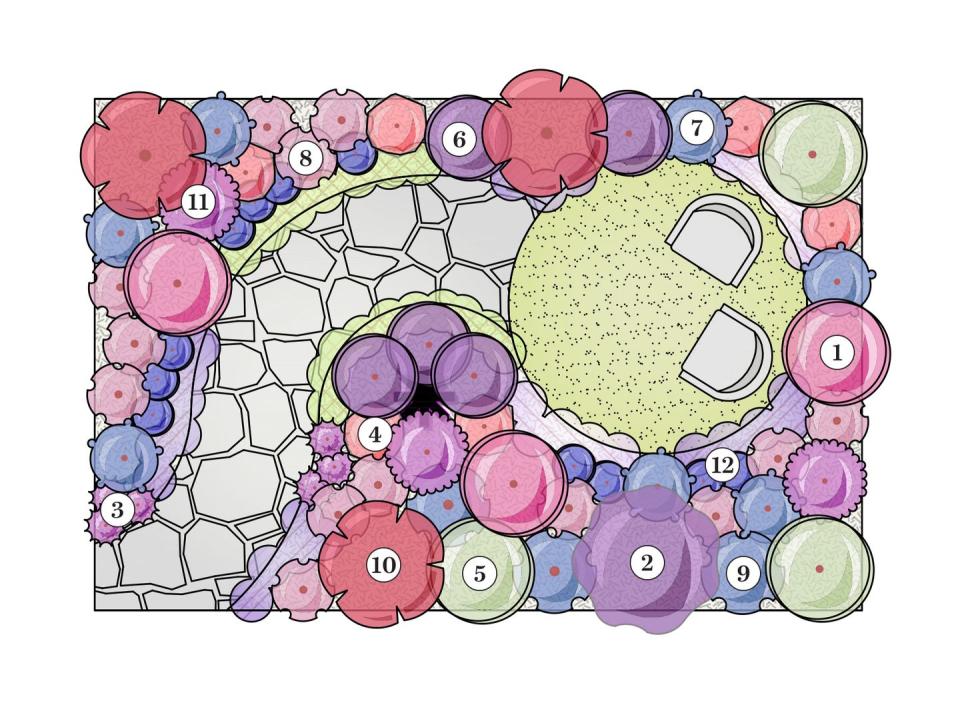
Perennials 1-12, featured in Carmen's cutting garden plan (above)
1. Agastache ‘Rosie Posie’
2. Aster Novae-Angliae ‘Grape Crush’
3. Dianthus ‘Mountain Frost Silver Strike’
4. Echinacea ‘Double Scoop Watermelon Deluxe’
5. Gaura ‘Whirling Butterflies’
6. Lavender ‘Big Time Blue’
7. Nepeta ‘Picture Purrfect’
8. Penstemon ‘Quartz Amethyst’
9. Perovskia ‘Prime Time’
10. Salvia Elegans ‘Pineapple Sage’
11. Verbena Bonariensis ‘Lollipop’
12. Veronica Spicata ’Dark Blue Moody Blues’
“Everyone deserves to have a cutting garden full of beautiful flowers that you can gather for bouquets,” says Carmen. Her garden plan is heavy on perennials, which will return for many years. “Perennials are a smart long-term investment. Although they are more expensive up front, they will last from a few years to decades in your garden. Once established, they also need water less frequently, so they’re a more sustainable choice.”
CLICK HERE TO DOWNLOAD THE FULL PLAN
Here are Carmen’s top tips to get your backyard cutting garden growing:
1. Choose the right location.
The majority of perennials, including those in our planting plan, require full sun. That’s considered 6 or 8 hours of direct sunlight per day. If you’re not sure how much direct sunlight an area of your yard receives, watch it for a day. “For maximum blooms, you cannot cheat on this,” says Carmen. “These plants need direct light that is not blocked by trees, shrubs or buildings. If you don’t have sufficient sun, opt for shade-loving plants to design your garden.”
2. Prepare your planting bed.
Once you find a spot, prep the soil. “Incorporate as much organic matter as you can, using compost, shredded leaves, composted manure and mushroom compost,” says Carmen. “Perennials bloom in the same spot for years, so adding lots of organic matter creates a healthy base for them to thrive.”
3. Size the plan to your space.
While our planting plan is 12 feet by 18 feet, you can pare this design down to a smaller scale if you don’t have the space in your yard. “You still can have a cutting garden in a small plot or even in large containers,” says Carmen. Choose containers that are 24-inches in diameter, then plant 3 to 4 of the plants we’ve listed.
4. Grow flowers you love.
Our plan includes many different shades of purple, pink, and white, which provides a soothing feel to the space. “I tend to lean toward cooler colors because they are more restful, especially in very hot climates,” says Carmen. But if hot, spicy shades are more your style, design your garden around those hues. It’s your garden, and you should love what you grow!
5. Mix up the heights.
Make sure to choose plants of varying heights so your garden looks full from every side. In one-sided beds, place tall plants in back and shorter ones in front. For beds that are visible from all sides, as in our planting plan, place the tallest plants in the middle, and stair-step shorter heights to the bed’s edges for the same effect.
6. Plant for season-long color.
Our planting plan is designed to provide color and blooms for cutting throughout the growing season. If you’re creating your own plan, choose plants that will bloom from spring through fall. For example, consider spring-blooming bulbs such as daffodils, early summer flowers such as irises, and full summer blooms such as coneflowers and lavender. Also, make sure the plants you choose are suited to survive winters in your USDA Hardiness zone (find yours here).
7. Include a seating area.
“You always need to enjoy your bounty,” says Carmen. Include some pretty wicker chairs, as we have here, or a garden bench to sit and gaze at the flowers and pollinators that visit your garden. It’s also a lovely spot to sit and sip your morning coffee or afternoon cocktail.
8. Add edging.
Garden edging softens the look of a garden and creates a visible boundary. In our plan, we chose wicker edging for a casual, cottage garden feel. But you can choose any type of edging that provides definition and offers a gentle transition from your garden to the rest of your yard.
9. Harvest frequently.
“The great thing about a cutting garden is that you grow these plants to cut and enjoy indoors,” says Carmen. “Don’t be afraid to cut and cut again. The more you cut a perennial, the more it will be stimulated to focus its energy on new growth.” That means more flowers for you!
Echinacea ‘Double Scoop Watermelon Deluxe’
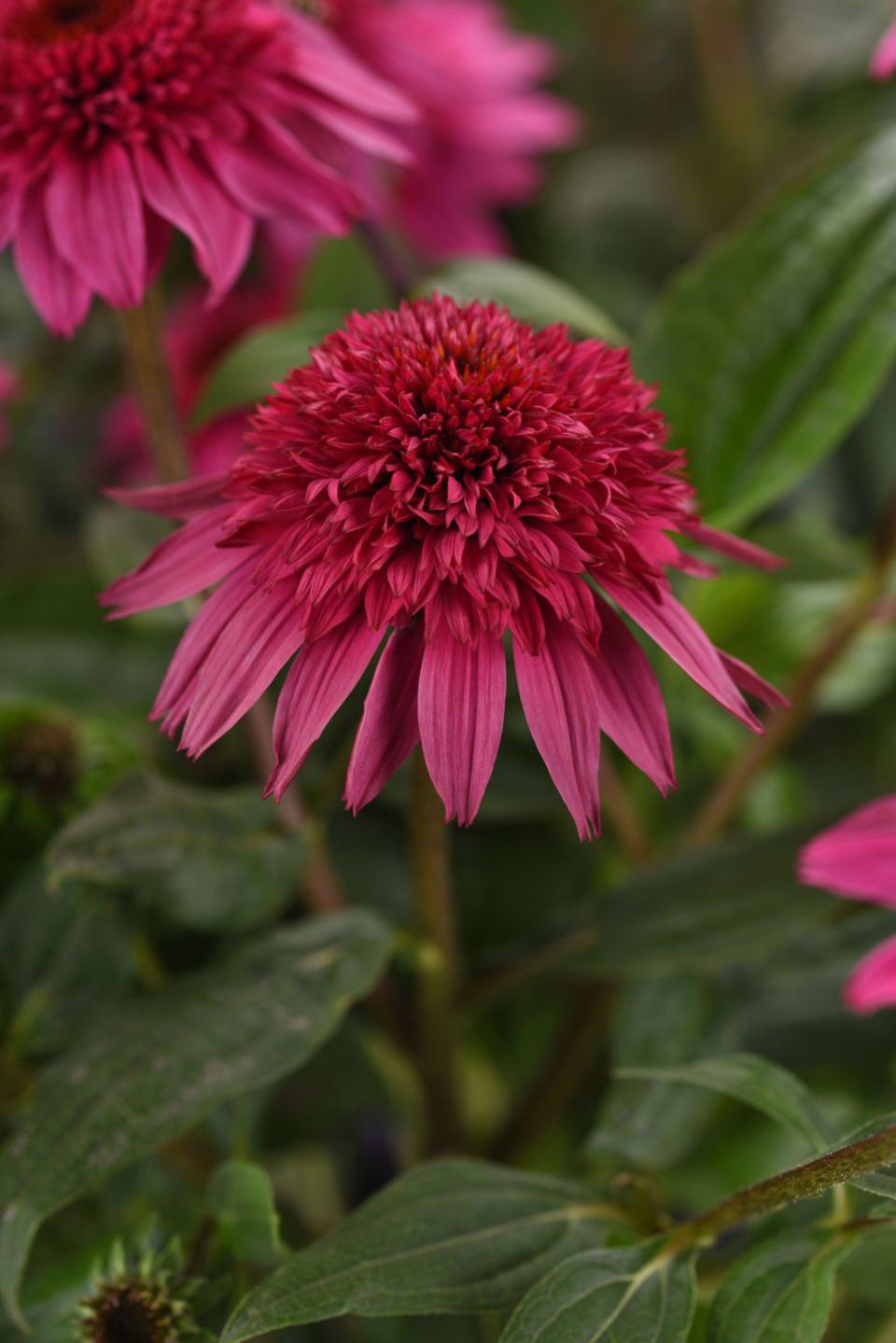
Penstemon ‘Quartz Amethyst’
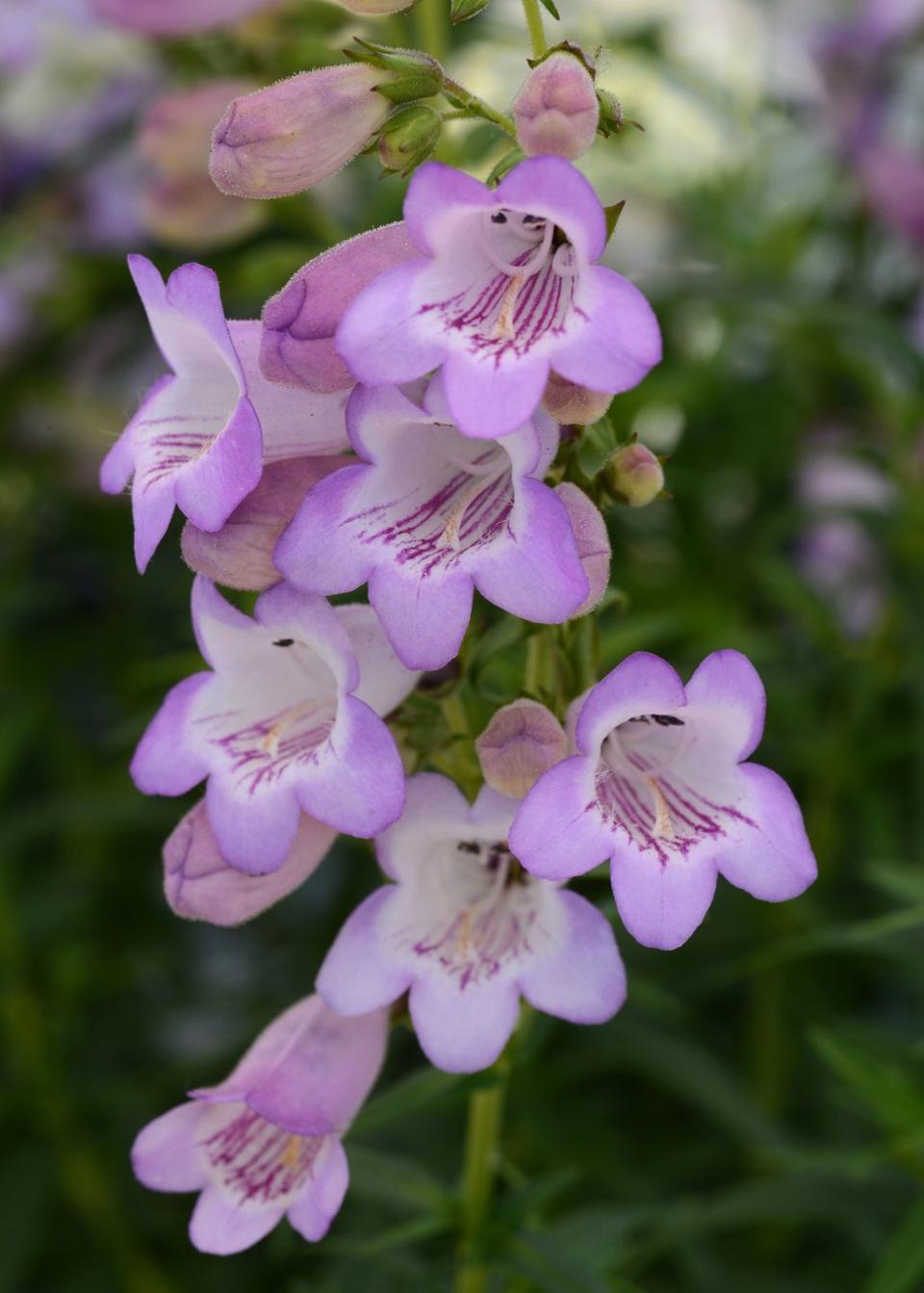
Dianthus ‘Mountain Frost Silver Strike’
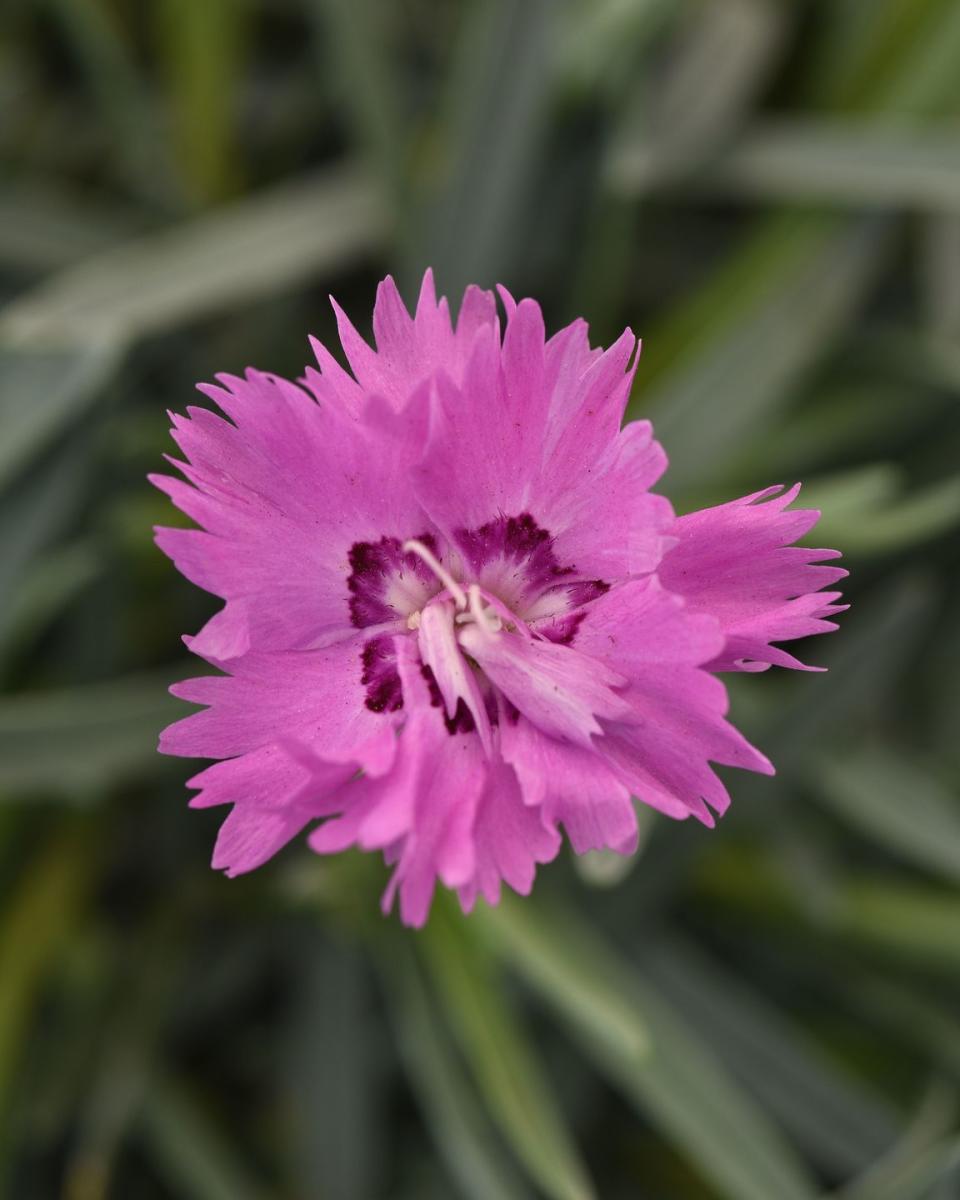
Salvia Elegans ‘Pineapple Sage’
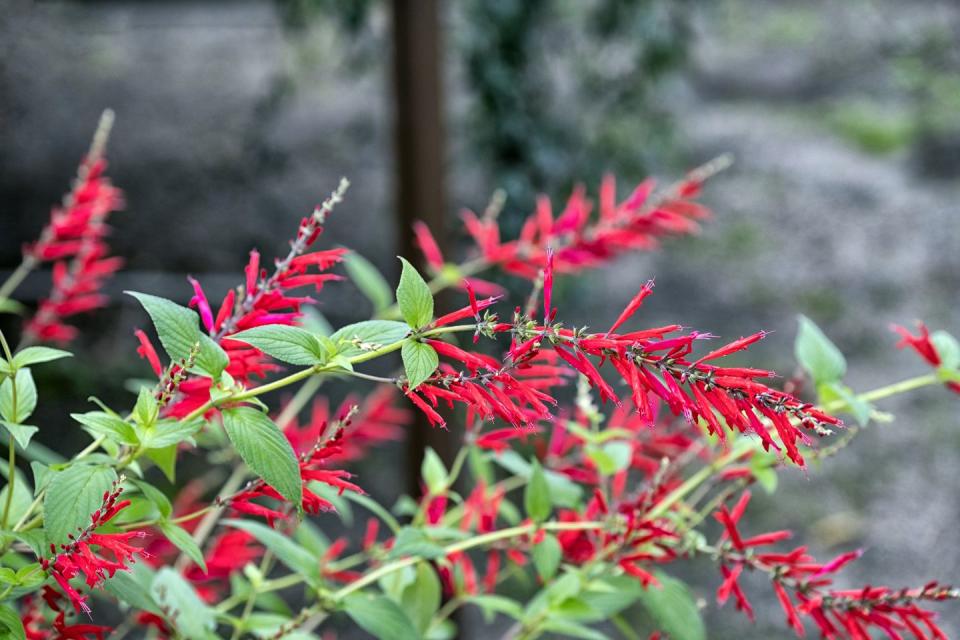
Nepeta ‘Picture Purrfect’
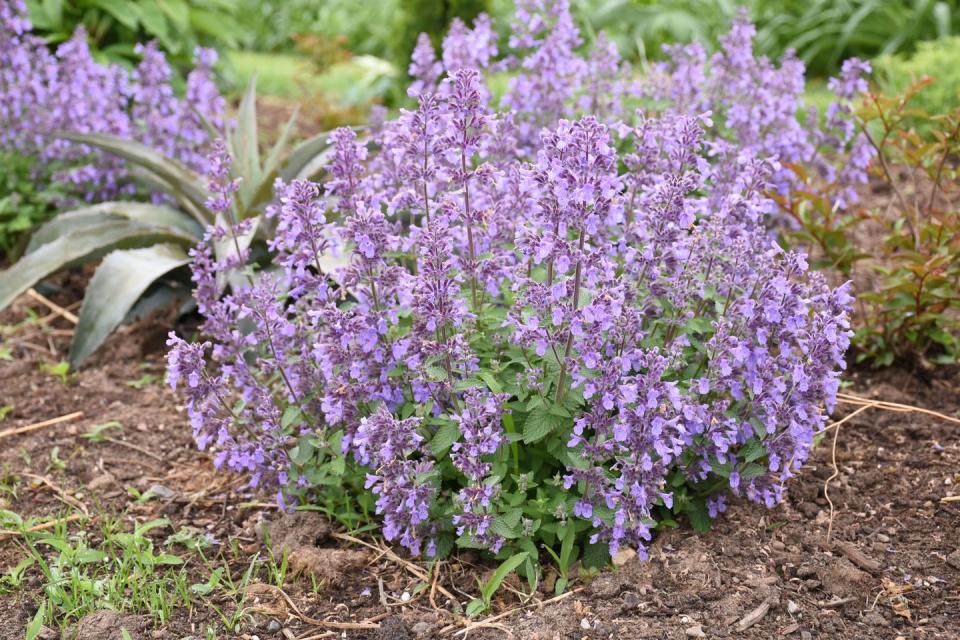
Veronica ‘Dark Blue Moody Blues’
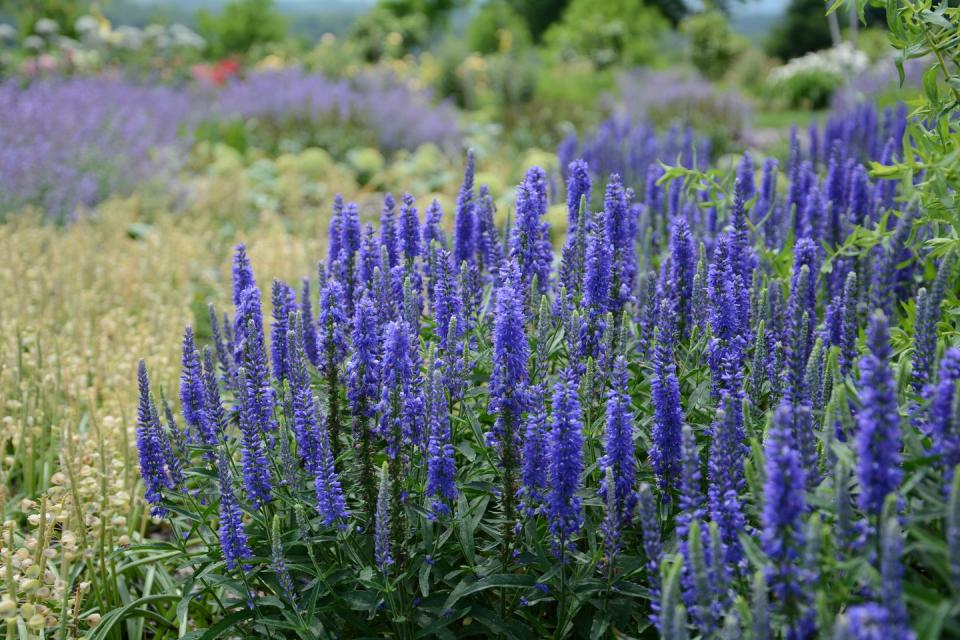
You Might Also Like

